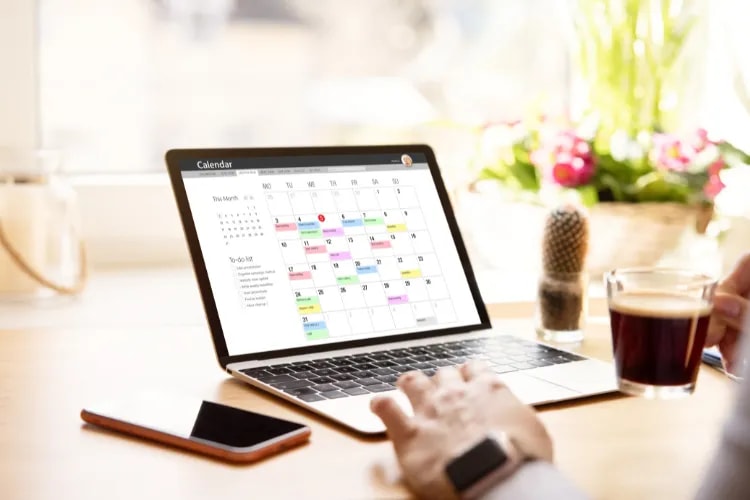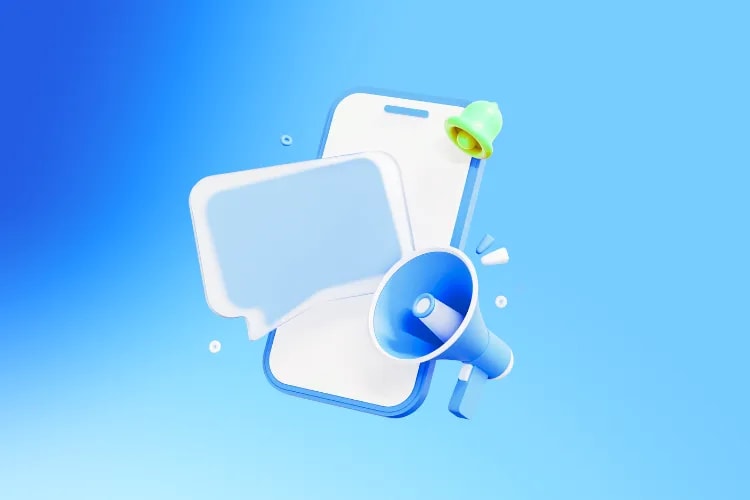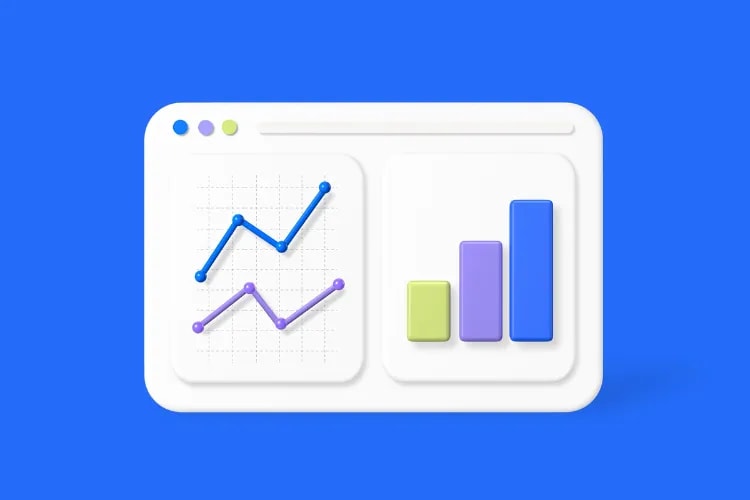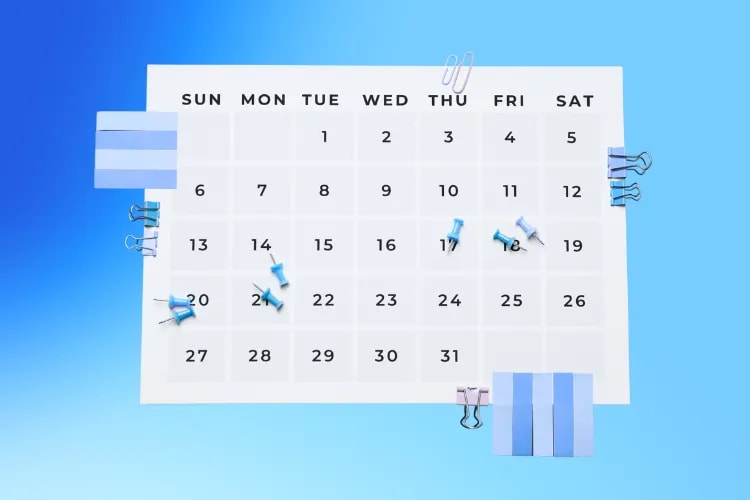
Corporate events aren’t just calendar fillers—they’re growth engines. When your program is aligned to clear business outcomes, events build brand trust, energize employees and partners, and contribute real revenue impact.
The global business events sector represents an estimated $1.6 trillion in economic significance and continues to rebound, a signal that top organizations still rely on live experiences to move markets and relationships forward. Source.
Done right, a corporate event can:
Showcase your brand and vision in a memorable, high-trust environment
Create net-new pipeline and accelerate existing deals
Strengthen partner ecosystems and customer communities
Boost employee engagement, learning, and retention
This guide walks you through how to plan a corporate event—from setting objectives to post‑event measurement—so you can impress attendees and deliver measurable results.

The Loopyah Content Team shares expert insights, practical guides, and industry updates to help event organizers create unforgettable experiences and stay ahead in the event planning world.
planning
Before you sketch a theme or book a venue, get crystal clear on what success looks like. High-performing teams treat events as strategic marketing and relationship assets. Start with business outcomes, then design your “experience mix” to achieve them.
Use the SMART framework to keep goals focused and measurable:
Specific: Clearly state the outcome you want (e.g., “Generate qualified demos from senior IT buyers”).
Measurable: Define how you’ll quantify success (e.g., “200 demo requests, 40 enterprise SQLs”).
Achievable: Align targets with budget, audience size, and resources.
Relevant: Tie goals back to core business priorities (pipeline, adoption, retention, talent).
Time-bound: Set a timeframe (e.g., “within 90 days post-event”).
Write 2–4 outcome-oriented goals.
Define success criteria and KPIs for each (e.g., sourced pipeline $, product adoption %, employee engagement score).
Map each agenda element to a goal (why this session exists and how it contributes).
Instrument data capture early (badges, session scans, QR codes, meeting notes, CRM tags).
Examples of strong corporate event objectives:
Product launch: Secure 400 live demo signups and 50 qualified POCs within 30 days.
Customer summit: Drive a 15% increase in multi-product adoption among top 100 accounts in 90 days.
Executive roundtable: Influence $5M in late-stage pipeline and reduce sales cycle time by 10%.
Internal kickoff: Raise employee engagement score by 8 points quarter-over-quarter.
Great events feel tailored. Identify who you’re trying to serve, what they value, and the trust signals they need. Today’s attendees expect personalization but care deeply about privacy and relevance—so use first‑party data responsibly and explain how you’ll use it.
Build or refresh personas using multiple inputs:
Pre‑event surveys: Ask about topics, preferred formats, accessibility needs, dietary restrictions, and networking interests.
Registration and historical data: Job titles, industries, company size, geos, and previous engagement.
Behavioral signals: Website content consumed, product usage patterns, and support queries.
Social listening: Trending topics, influencers, and community pain points.
Sales and Customer Success inputs: Common objections, use cases, and expansion opportunities.
Sample persona set:
Strategic decision maker (C-level/VP): Wants ROI proof, peer validation, and executive access; prefers curated roundtables and short, high-level sessions.
Technical evaluator (director/architect): Needs deep dives, demos, and hands-on labs; values access to product experts and customer case studies.
Business practitioner (manager/IC): Seeks practical tips, templates, and networking with peers facing similar challenges.
Let personas guide your choices: venue layout (quiet zones vs. demo floors), agenda formats (keynotes vs. labs), food and beverage (dietary inclusion), and networking design (role- and challenge-based meetups). For a broader planning framework, see our event planning checklist.
Your budget is both a blueprint and a guardrail. Build it from the ground up, pressure-test assumptions, and track it weekly. Costs for F&B and AV have climbed, and speaker fees often range from $10K–$50K depending on profile and format, so diligence pays off.
Common event expense categories to plan for:
Venue: Rental, service charges, union labor, preferred vendor fees, security, insurance, permits.
Food & Beverage: Meals, breaks, receptions, special diets, sustainability surcharges, gratuities.
AV & Production: Stage design, lighting, sound, rigging, internet SLAs, streaming, recordings, translation/interpretation, accessibility services (captioning/ASL).
Speakers & Talent: Fees, travel, greenroom, content development, rehearsal time, signing sessions.
Marketing & Creative: Design, website, paid media, promotional items, photography/videography, social content.
Technology: Registration, ticketing, badge printing, mobile app, lead retrieval, check-in hardware, CRM/MA integrations, cybersecurity tools.
Travel & Logistics: Staff travel, housing blocks, ground transport, freight, drayage, storage, signage, decor.
Contingency: Weather plan, backup internet, emergency staffing, last-minute materials.
Budget management tips:
Build a zero-based budget with “must have” and “nice to have” lines; force-rank by impact.
Create scenario ranges (base, stretch, conservative) and model attendance sensitivities.
Negotiate early for AV, internet, and F&B; ask for line-item quotes and market references.
Track commitments vs. actuals weekly and hold a cross-functional budget review.
Your venue is the canvas. Evaluate options through the lens of accessibility, flow, and technical readiness—and avoid calendar conflicts that drain attendance.
Venue selection factors:
Access and capacity: Flight routes, public transit, parking, room sizes, expansion options, quiet spaces.
Layout and flow: Registration zones, keynote hall adjacencies, traffic patterns between breakouts, expo/demo areas, wellness rooms.
Technology: Load-in paths, rigging points, AV power, sound isolation, internet SLAs, recording/streaming capability, in-house vs. preferred AV.
Accessibility and inclusion: ADA/Section 508 considerations, captioning, assistive listening devices, step-free routes, gender-inclusive restrooms, lactation and prayer rooms.
Security and risk: Badge control, bag checks, incident response protocols, cyber safeguards for on-site networks.
Sustainability: Waste diversion, local sourcing, water refill stations, reusables, carbon reporting.
Run a structured RFP and site visit:
Define must-haves (dates, rooms, tech, accessibility, union rules, budget caps) and nice-to-haves (natural light, outdoor space, brandable areas).
Request apples-to-apples quotes with detailed inclusions/exclusions and hold dates.
Conduct site visits with a walk-through checklist: registration flow, backstage paths, greenrooms, power drops, Wi-Fi tests, noise bleed.
Choosing the date: Steer clear of major holidays and industry peak weeks; compare against competitor calendars; consider mid-week patterns for B2B (Tue–Thu) and regional school breaks for attendance ease.
Attendee expectations have shifted toward experiential learning. Trends show most participants prefer training and demos in person, with interactive formats outperforming passive lectures. See PCMA’s summary of attendee preferences for deeper context.
Curate a balanced agenda:
Keynotes for vision and narrative cohesion; 20–30 minutes is often plenty.
Panels and firesides for multi-perspective insights—design for debate, not agreement.
Workshops and labs for hands-on skill-building; cap at 25–40 attendees per facilitator.
Product demo stations and solution zones staffed by SMEs for real-time Q&A and proofs.
Curated meetups by role, industry, or challenge to spark relevant connections.
Engagement boosters to weave throughout the day:
Live Q&A and polls inside every session; display results and discuss implications on the spot.
Expert office hours and 1:1 consults aligned to personas (architect bar, CMO clinic, HR lounge).
Interactive galleries: customer stories, dashboards, prototypes—let attendees “touch the future.”
Gamified networking with challenge cards or scavenger hunts that reward meaningful conversations.
Mini case study: A B2B SaaS company hosting a “Launch Lab” tracks demo signups per hour, schedules 15-minute consults with solutions engineers, and ends with customer-led case workshops. Result: +38% demo-to-POC conversion in 60 days compared with previous webinar-only launches.
Your marketing plan should work like a relay race—each channel carries the baton at the right moment. Use email for nurturing and conversion, social for reach and community, and your website/SEO for high-intent traffic. Set UTMs from day one so you can attribute registrations and pipeline back to campaigns.
A phased, integrated promo plan:
Tease (6–8 weeks out): Announce the problem your event solves and the outcome attendees will get. Use short video from your host or a customer champion.
Launch (4–6 weeks): Publish agenda tracks, speakers, and what’s new this year. Create audience-specific landing page sections for each persona.
Nurture (3–4 weeks): Send value-rich emails—teaser content, session builders, and FAQs. Share behind-the-scenes posts and speaker clips on social.
Sprint (10 days): Increase frequency with social proofs (customer logos, testimonials), introduce limited-time offers, and spotlight interactive elements.
Live: Live-blog key quotes, share session recaps, and drive last-minute local attendance. Encourage attendees to post takeaways with an event hashtag.
Post-event: Repurpose content into clips and guides, send thank-you emails with personalized follow-ups, and invite no-shows to on-demand content.
Craft messaging with the “4P” structure:
Problem: Name the pain or opportunity your audience cares about.
Promise: State the transformation (“Walk away with a 90-day adoption playbook”).
Proof: Add speakers, customers, data, and demos that back it up.
Plan: Make next steps obvious—“Save your seat,” “Build your schedule,” or “Book a 1:1.”
Checkout this read for a more detailed guide on managing your event marketing timeline.
Want expert tools to amplify reach? Explore our event promotion tools to coordinate campaigns across email, social, and owned channels.
Flawless on-site execution is invisible when it works—and unforgettable when it doesn’t. Create a detailed run-of-show, align vendors and staff on clear roles, and rehearse like it’s showtime.
Operational essentials:
Registration and check-in: Offer QR code scanning, on-demand badge printing, accessible counters, and separate VIP/press lines. Staff for peak arrival waves.
Run-of-show and comms: Central control room, radio/Slack channels, escalation paths, and a master timeline covering every cue and handoff.
AV/production: Full tech rehearsal, mic discipline, slide and video pre-checks, stage marks, confidence monitors, backup laptops, and power redundancy.
Catering: Clearly labeled ingredients and allergens, timed replenishments, hydration stations, and compost/recycling bins front-of-house.
Wayfinding and accessibility: High-contrast signage, step-free routes, reserved seating zones, captioning displays, and quiet rooms.
Risk planning and digital safety:
Incident playbooks: Medical, weather, power, and security scenarios with single-thread leadership for decisions.
Cyber hygiene: Secure Wi‑Fi, unique staff credentials, phishing briefings, and device encryption for registration desks.
Data protection: Consent-based lead capture, clear privacy notices, and minimal data retention on shared systems.
Measurement starts before launch. Define the KPI map, instrument data capture, and connect your registration and engagement signals to CRM/marketing automation so Sales can act.
Core metric categories to track:
Audience and reach: Total registrations, attendance rate, persona/role mix, net new vs. existing customers.
Engagement depth: Session scans, dwell time, app adoption, content downloads, meetings held, booth visits, Q&A and poll participation.
Satisfaction and advocacy: CSAT/NPS, qualitative feedback, social sentiment, speaker scores.
Commercial impact: Sourced and influenced pipeline, deal velocity, win rate changes, expansion/renewal signals, partner-sourced opportunities.
Build a simple data plan:
Tag everything: sessions, speakers, content types, and CTAs with UTM parameters and CRM campaign codes.
Connect systems: Registration → CRM, mobile app → MA, lead capture → Sales alerts, post‑event content → nurture tracks.
Report cadence: Day 1 (attendance and engagement), Week 1 (MQLs/SQLs), Day 30/60/90 (pipeline and revenue influence).
Define your KPI map before launch; what gets tagged gets measured—and improved. — Loopyah Editorial
Corporate events can reliably deliver trust, pipeline, and loyalty—even amid tighter budgets—when you lead with outcomes, design for your audience, and operationalize measurement. Set SMART goals, know your personas, budget with contingencies, choose accessible venues, craft hands-on content, promote with an integrated plan, execute with discipline, and close the loop with data.
Your next standout event is one decision away. If every decision ladders to attendee value and business impact, you’ll impress in the room and in the board report.

planning









planning
planning
planning
marketing
planning
planning
planning
growth
planning